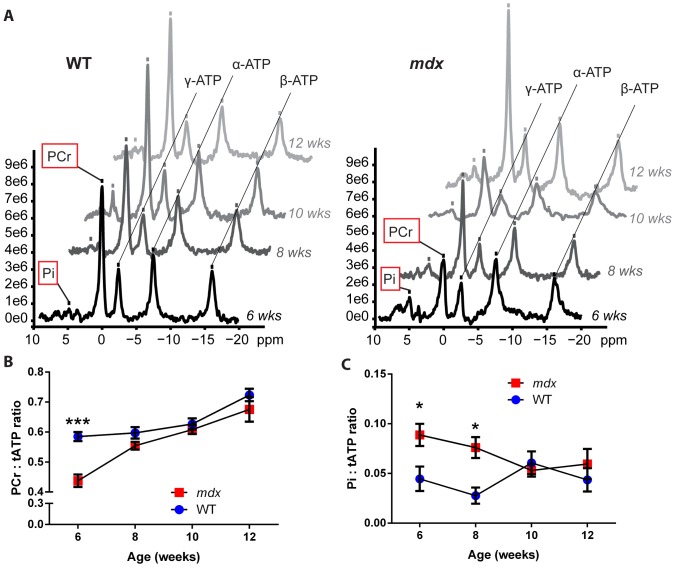Figure 1. 31P NMR spectroscopy indicates an energy deficit in 6-week-old mdx mice.
Beginning at 6 weeks of age, mdx and wild-type (WT) mice were assayed by 31P spectroscopy every 2 weeks. A) Representative 31P NMR spectra illustrating the peaks of several energy metabolites in one wild-type (left) and one mdx (right) mouse, from weeks 6 through 12. The inorganic phosphate, phosphocreatine, and three phosphate group peaks for ATP are labeled and marked by a tick mark. Graphs are aligned by parallel lines connecting the ATP peaks; phosphocreatine and inorganic phosphate showed differences between wild-type and mdx mice and are highlighted by a red box. B) Phosphocreatine levels are decreased in 6-week-old mdx mice, then change to near wild-type levels during the mdx recovery phase. C) Inorganic phosphate levels are elevated at 6 and 8 weeks in mdx mice compared to wild-type, then change to near wild-type levels by 10 weeks. Note, peaks for inorganic phosphate were not detectable in several mice of both genotypes (3 mdx and 5 wild-type); values for these mice were uniformly omitted from the Pi analysis (Pi, inorganic phosphate; PCr, phosphocreatine; ATP, adenosine triphosphate; tATP, total ATP; n = 3–6 mice per data point; data are means ±SEM; *p≤0.05, ***p≤0.001).

